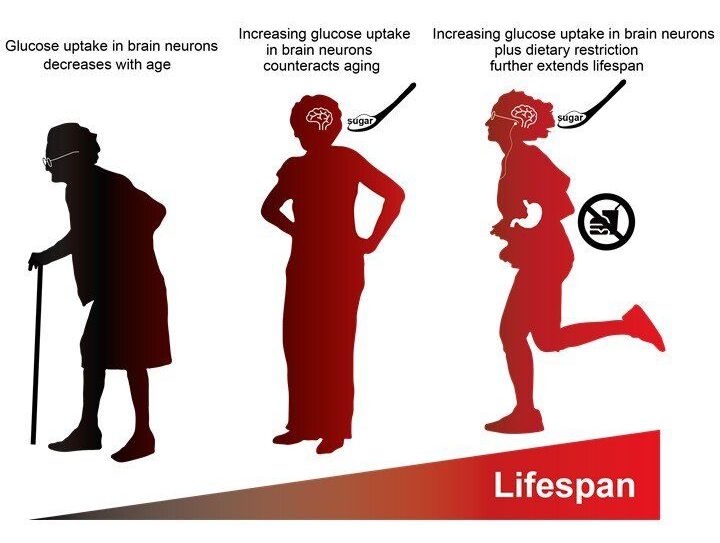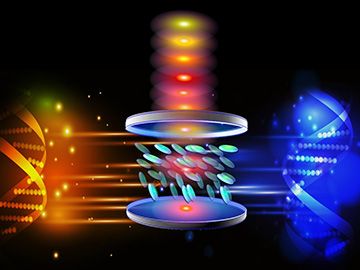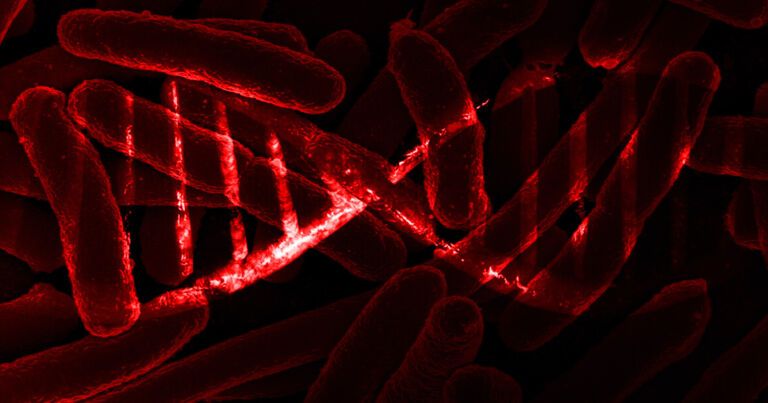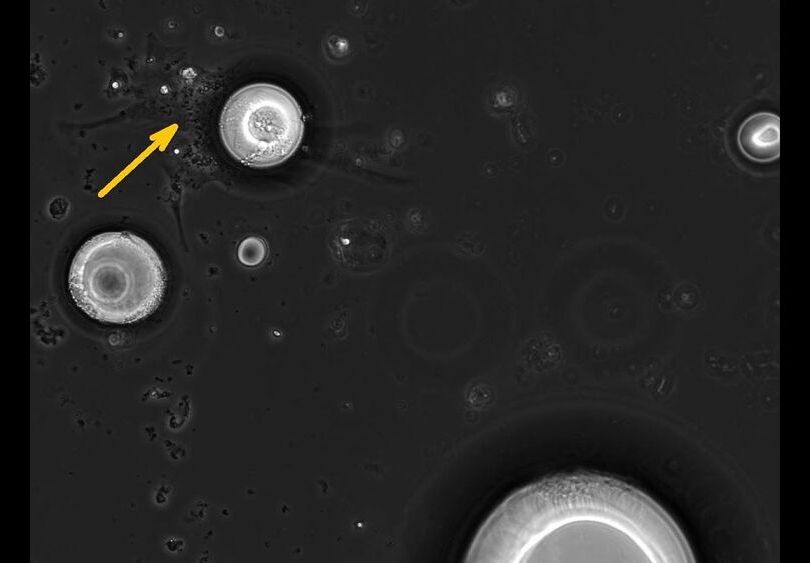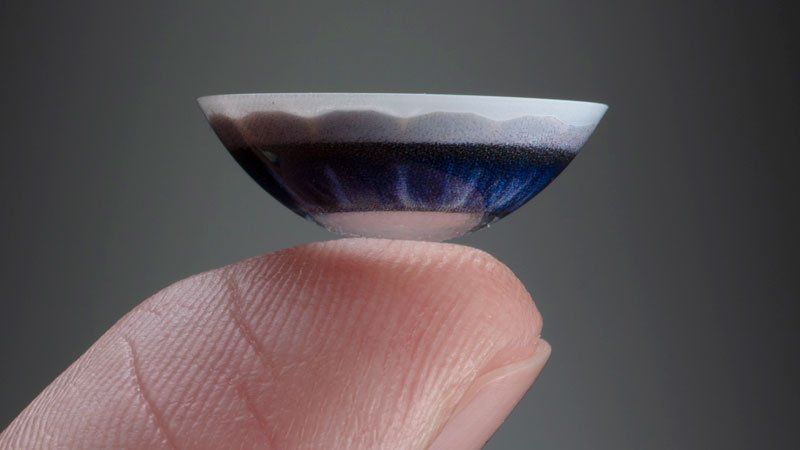Jan 18, 2021
Designer protein helps paralyzed mice walk again in breakthrough study
Posted by Quinn Sena in categories: biotech/medical, neuroscience
In a new study, German scientists have restored the ability to walk in mice that had been paralyzed after a complete spinal cord injury. The team created a “designer” signaling protein and injected it into the animals’ brains, stimulating their nerve cells to regenerate and share the recipe to make the protein.
Spinal cord injuries are among the most debilitating. Damaged nerve fibers (axons) may no longer be able to transmit signals between the brain and muscles, often resulting in paralysis to the lower limbs. Worse still, these axons cannot regenerate.
Previous studies have shown promise in restoring some limb function through spinal stimulation therapy, or by bypassing the injury site altogether. Other promising research in similar areas has involved using compounds that restore balance to the inhibitory/excitatory signals in the neurons of partially paralyzed mice, and transplanting regenerating nose nerve cells into the spines of injured dogs.

